Publication date 1948– | Main character(s) AlixEnak | |
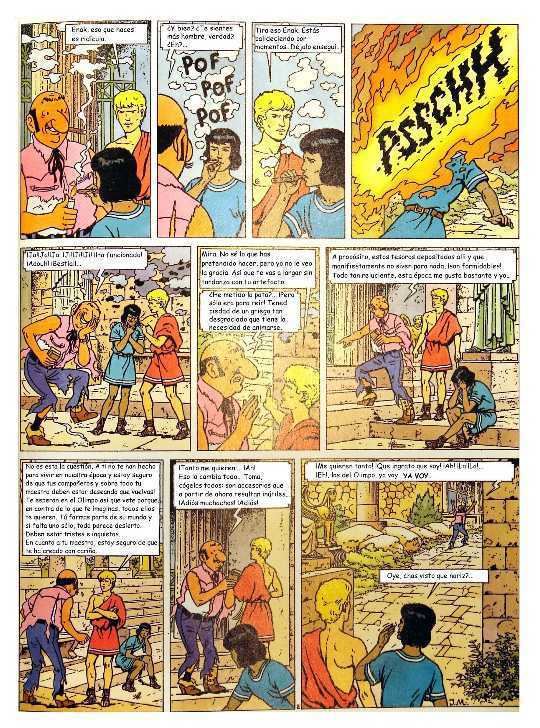 | ||
Artist(s) Jacques Martin, Rafael Moralès, Marc Henniquiau, Cédric Hervan, Christophe Simon, Ferry Similar Blake and Mortimer, Ric Hochet, Yoko Tsuno | ||
Alix épisode 10 - Les légions perdues
Alix, or The Adventures of Alix, is a Franco-Belgian comics series drawn in the ligne claire style by Jacques Martin. The stories revolve around a young Gallo-Roman man named Alix in the late Roman Republic. Although the series is renowned for its historical accuracy and stunning set detail, the hero has been known to wander into anachronistic situations up to two centuries out of his era. The stories unfold throughout the reaches of the Roman world, including the city of Rome, Gaul, the German frontier, Mesopotamia, Africa and Asia Minor. One voyage goes as far as China.
Contents
- Alix pisode 10 Les lgions perdues
- Characters and story
- The authors
- Characters
- Alix titles
- Alix in English
- Alix in other languages
- Les Voyages dAlix
- Alix raconte
- Works not in series
- Parodies
- Awards
- In popular culture
- References
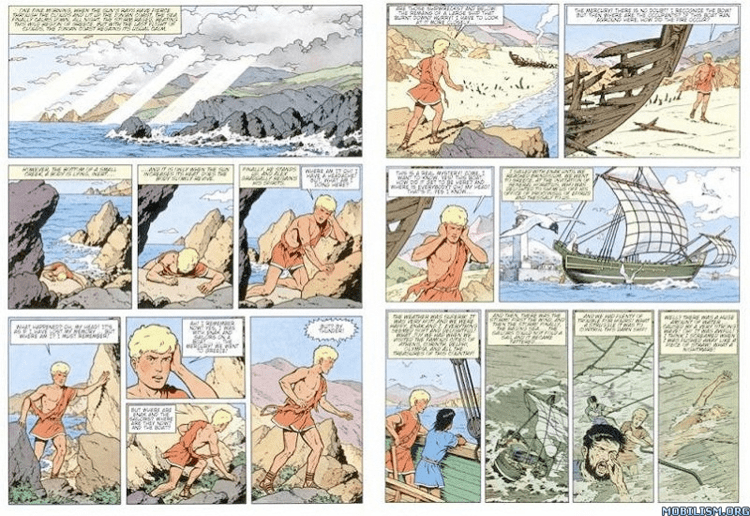
Characters and story
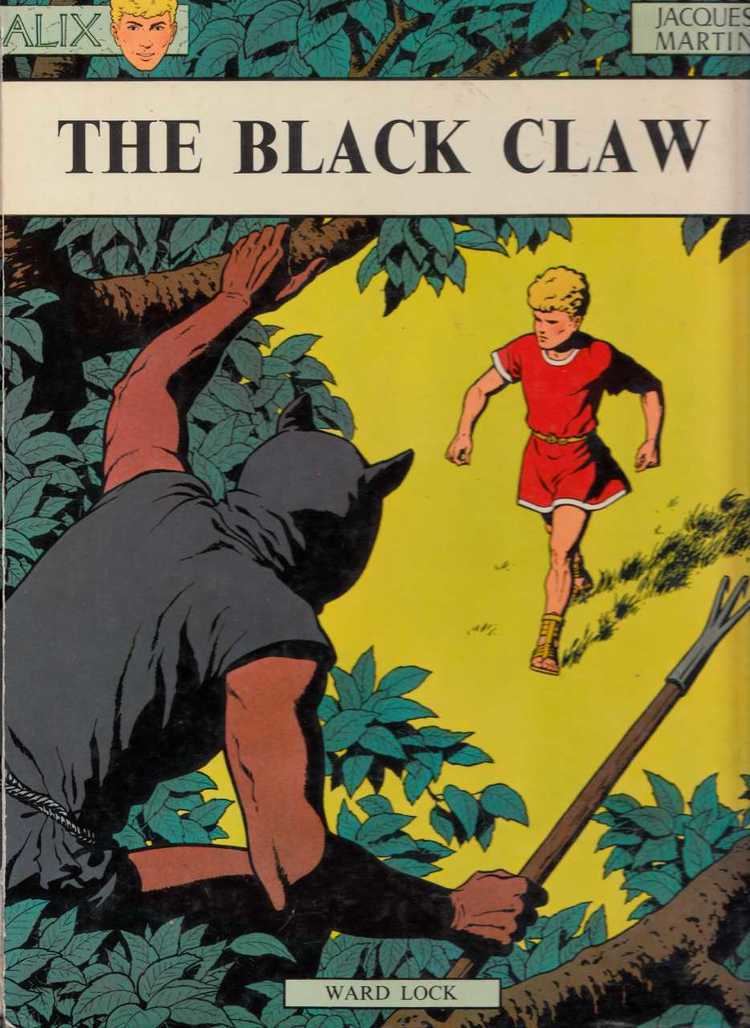
Alix is stunning, fearless, generous and devoted to just causes. Born in Gaul, separated from his parents and sold into slavery, he is later adopted by a Roman noble contemporary to Julius Caesar. This mixed background provides Alix with an identity crisis and divided loyalties, especially in the context of the founding myths of French nationalism revolving around Vercingetorix.
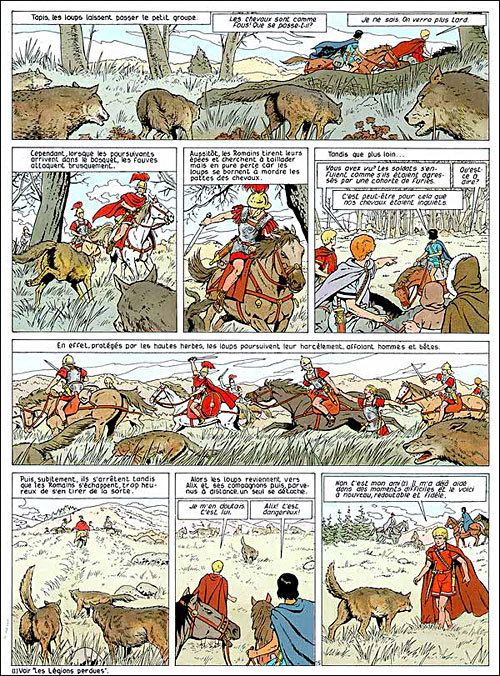
In the second adventure Alix is joined by Enak, a slightly younger Egyptian orphan, who remains his constant companion and sounding board. Originally forbidden to have a female companion by the 1949 law governing children's literature, Alix later finds himself entangled with amorous women, but he always hesitates to commit. The pursuit of social justice provides a pretext for moving on.
The authors
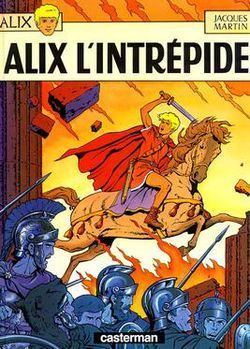
Jacques Martin created the Alix series as one of his earliest heroes, and he continued solo conception, plot, dialogue and illustration for 50 years, even while developing other series such as Lefranc. Due to failing eyesight and advancing age, since 1998 Martin gradually retired from the series, turning over tasks to various assistants. Rafael Morales became his first assistant, taking charge of the final illustrations with some assistance by Marc Henniquiau, while Martin continued writing the stories and performing the first sketches and layouts. In 2006, Martin turned over the final writing task to François Maingoval, while still conceiving the main storyline in rough draft form. In 2008, Maingoval shifted his attention to a spin-off series (see Alix raconte below), while Patrick Weber assumed the mantle of writing the main Alix series.
Characters
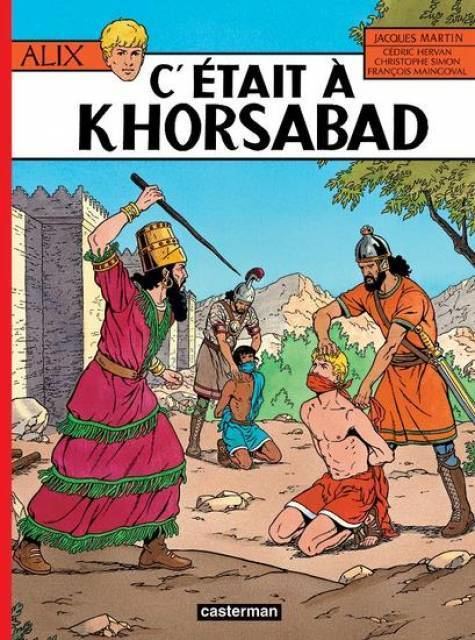
Alix titles
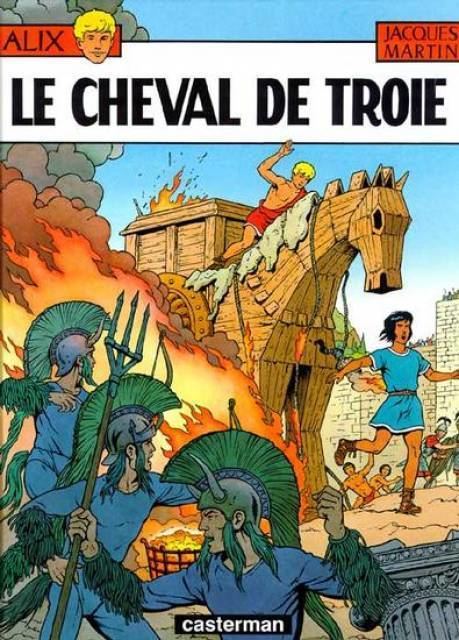
The series first appeared as a serial in the Franco-Belgian comics magazine Tintin on 16 September 1948. Three more adventures appeared before Les Editions du Lombard (the publishing house responsible for Tintin magazine) began reissuing them in hardcover book form. Lapsing in 1959, Lombard turned over rights to Casterman (publisher of The Adventures of Tintin) in 1965. After going out of print for several years, the earlier Lombard volumes were also reintroduced to new readers in 1969–1973. As Tintin magazine declined in sales and popularity, 'Vercingetorix (1985) was the last Alix story to appear in its pages. Thereafter Alix was only published in book form.
Alix in English
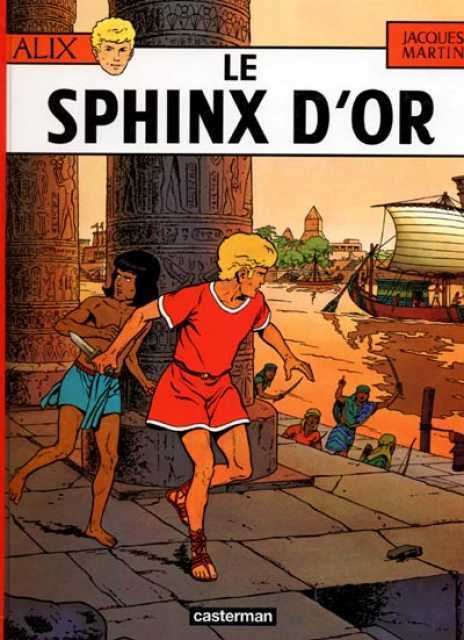
Alix has seen little translation into English. In 1971 the London publisher Ward Lock & Co issued two titles, The Sacred Helmet (La tiare d'Oribal), and The Black Claw (La griffe noire). These books are now considered relatively rare. Two more titles, The Lost Legions (Les légions perdues), and The Altar of Fire (Le dernier Spartiate) were also projected for publication that year, but never appeared. A reviewer for the Times Literary Supplement found Alix singularly lacking in humour compared to Asterix, effectively killing prospects for continued publication in a market not yet accustomed to the wider Franco-Belgian tradition.
Alix in other languages
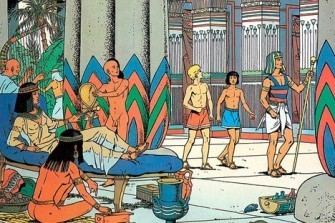
The strip has been translated into several other European languages, such as Portuguese, German, Dutch, Spanish, Greek (10 books) Finnish, Danish, Swedish, Italian (3 books), English (only 2 books), Icelandic (6 books), Catalan. It was also translated into other languages such as Indonesian (4 books), Vietnamese (1 book) and Chinese (non official version - 2 books). Le fils de Spartacus has been published in Latin as Spartaci Filius. The name of Alix in Dutch language is Alex. (source)
Les Voyages d'Alix
This series depicts the culture and geography of antiquity with illustrations inspired by the adventures of Alix. Printed in full colour on higher quality stock than the comics series, these books aim to educate in a style identical to Jacques Martin's. Alix and Enak can frequently be seen in various settings. At least some of these books have been available in English, for example "Egypt (1)", though they may now be out of print.
Alix raconte
Each book in this series presents a somewhat fictionalized biography of a famous person of Antiquity in comic strip form. When Alix is a contemporary of the subject, he occasionally appears as a secondary character. Texts are by François Maingoval. The series is not available in English.
Works not in series
Parodies
Awards
In popular culture
In the Belgian Comic Strip Center in Brussels the permanent exhibition brings homage to the pioneers of Belgian comics, among them Jacques Martin (despite being born in France). The room dedicated to his work is designed as a Roman balcony.
Alix is among the many Belgian comics characters to jokingly have a Brussels street named after them. Since 2006 the Boulevard Anspach/Anspach Boulevard has a commemorative plaque with the name Rue Alix/ Alex straat placed under the actual street sign.
